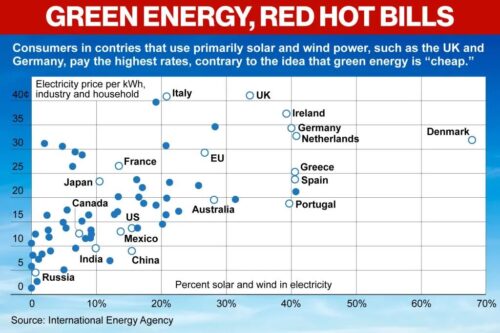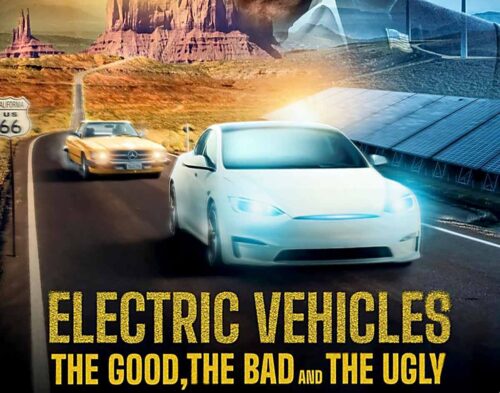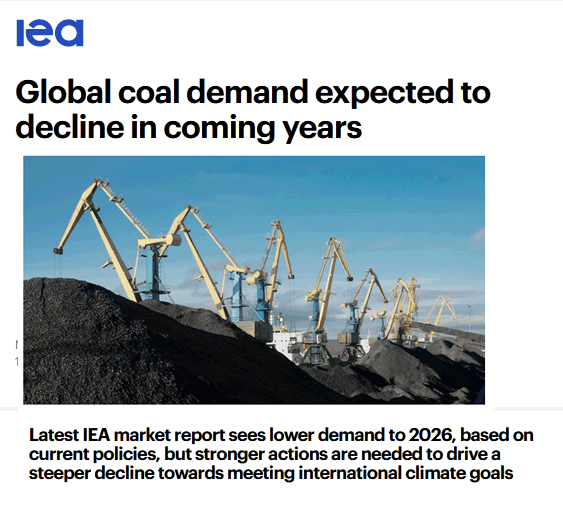by I. Slav, June 26, 2025 in ClimateChangeDispatch
The United States is the largest oil and gas producer in the world. It is also experiencing a slowdown in its oil production for a number of reasons, including natural depletion. [emphasis, links added]
The U.S. Geological Survey, however, has just published a study stating that there are almost 30 billion new barrels of untapped oil—under federal lands, no less.
Oil and gas drilling was a contentious topic during the Biden administration. The administration decidedly did not like it and put a serious effort into curbing this drilling as much as the law allowed.
As soon as Donald Trump became president, the tables turned, and drilling on federal lands became very much a desirable direction for federal energy policy to move in, with the president prioritizing affordable energy and higher exports.
Now, the U.S. Geological Survey has thrown its weight behind the American energy dominance idea, reporting an estimated undiscovered oil reserves of 29.4 billion barrels across the country, with the leader being Alaska, with 14.46 billion barrels of untapped oil under federal lands.
New Mexico is next, with 8.925 billion barrels of undiscovered oil, followed by Nevada, with 1.4 billion barrels. Untapped gas reserves on federal lands were estimated at over 391.55 trillion cu ft.
Now, the only question is when these hitherto untapped resources will be tapped.

The number of drilling rigs in the U.S. oil patch has been on a steady decline recently, reflecting an extended weakness in international prices. This has now changed, of course, after Israel attacked Iran on June 13, but the industry is in no rush to reverse course for the time being.
The industry is playing it safe, not least because cheap drilling sites are running out—or maybe not, if the USGS assessment of untapped resources is correct.
For years now, the biggest production growth driver of U.S. oil has been the Permian Basin, spanning Texas and New Mexico. The Permian has single-handedly offset declines in several other shale plays and has largely uneventful day-to-day business in conventional fields.
…








